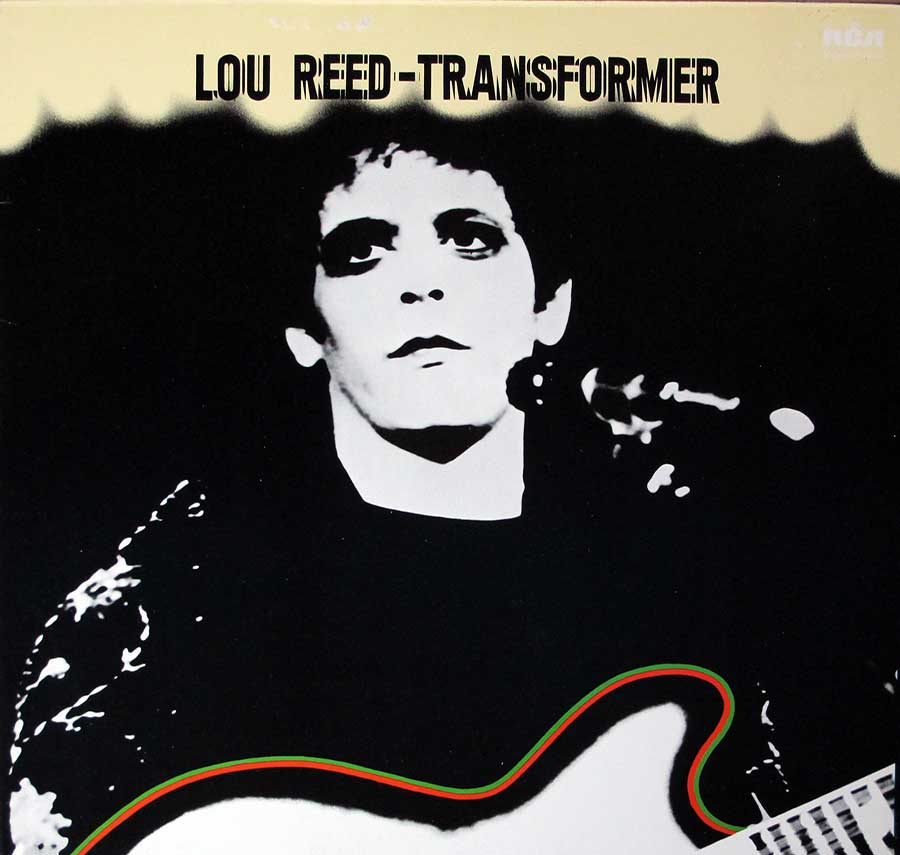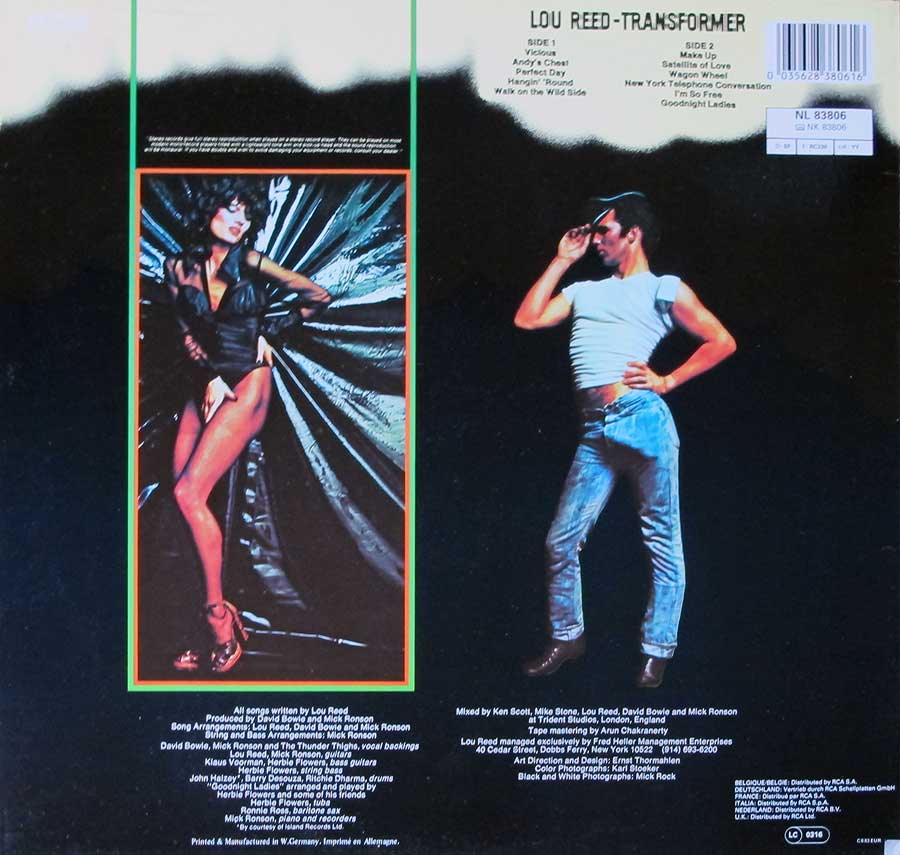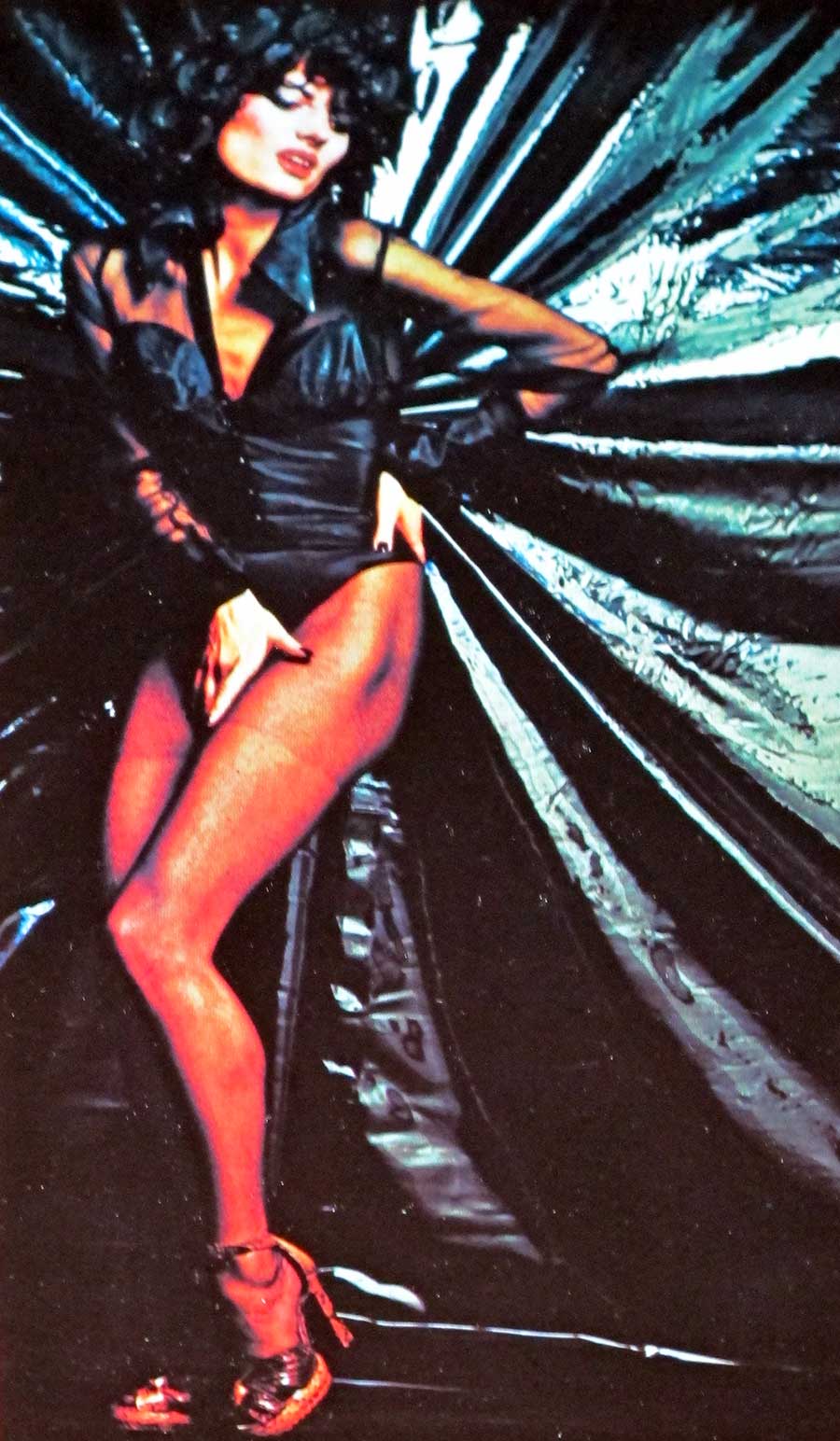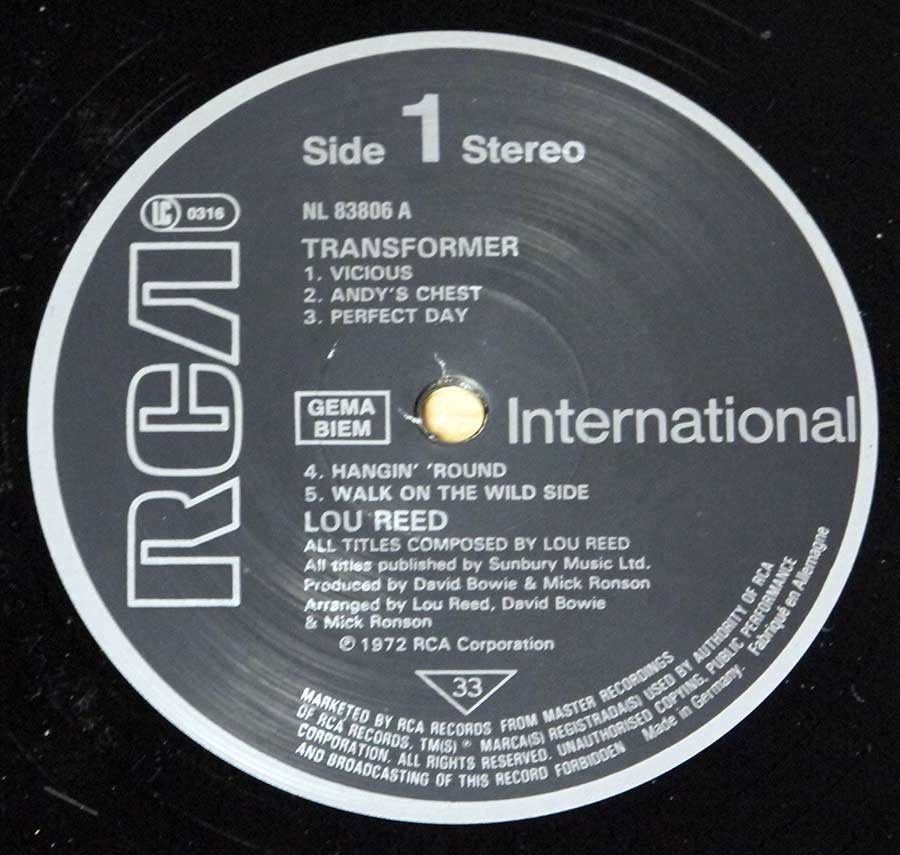"Transformer" Album Description:
In the autumn of 1972, a musical transformation took place that would leave an indelible mark on the rock music landscape. Lou Reed, the iconic American rock musician, unveiled his second studio album, aptly titled "Transformer." Produced by none other than David Bowie and Mick Ronson, this German release showcased Reed's evolution as an artist and marked a significant cultural moment in the early 1970s.
The Time Period: 1972
The early 1970s was a dynamic period for music, witnessing the emergence of various genres and the blurring of traditional boundaries. The cultural landscape was undergoing a metamorphosis, with artists pushing the boundaries of creativity and self-expression. Lou Reed, already a prominent figure in the music scene as the leader of The Velvet Underground, embarked on a solo career that would redefine his artistic identity.
Released in November 1972, "Transformer" captured the zeitgeist of the era. It was an era of experimentation, both musically and culturally, as artists sought to break free from conventional norms and explore new sonic territories. Reed's collaboration with David Bowie, a musical chameleon himself, brought a fresh perspective to the album, infusing it with a unique blend of glam rock, proto-punk, and art-pop elements.
Production at Trident Studios, London
The sonic tapestry of "Transformer" was woven at Trident Studios in London, a hub of creative energy where numerous iconic albums were brought to life. The studio's vibrant atmosphere played a crucial role in shaping the album's distinctive sound. Under the guidance of Bowie and Ronson, Reed's compositions came to life, each track a testament to the collaborative synergy between these musical luminaries.
Album Artistry: Ernst Thormahlen and Photography by Stoeker and Rock
The visual representation of "Transformer" was as striking as its musical content. The album cover, designed by Ernst Thormahlen, encapsulated the essence of Reed's transformation. The photography by Karl Stoeker and Mick Rock captured the enigmatic aura surrounding the artist, creating an iconic visual identity for the album.
Musical Alchemy: Band Members and Collaborators
The album featured a stellar lineup of musicians, each contributing to the eclectic mix of sounds. Herbie Flowers, with his prowess on bass guitar, double-bass, and tuba, added a distinctive touch to tracks like "Goodnight Ladies" and "Make Up." Mick Ronson's lead guitar, piano, and backing vocals, accompanied by his intricate string arrangements, showcased his musical versatility.
The rhythmic foundation provided by John Halsey on drums, complemented by the baritone saxophone of Ronnie Ross on select tracks, created a rich and textured musical landscape. The backing vocals of David Bowie and The Thunderthighs added depth and dimension to Reed's lyrical narratives.













